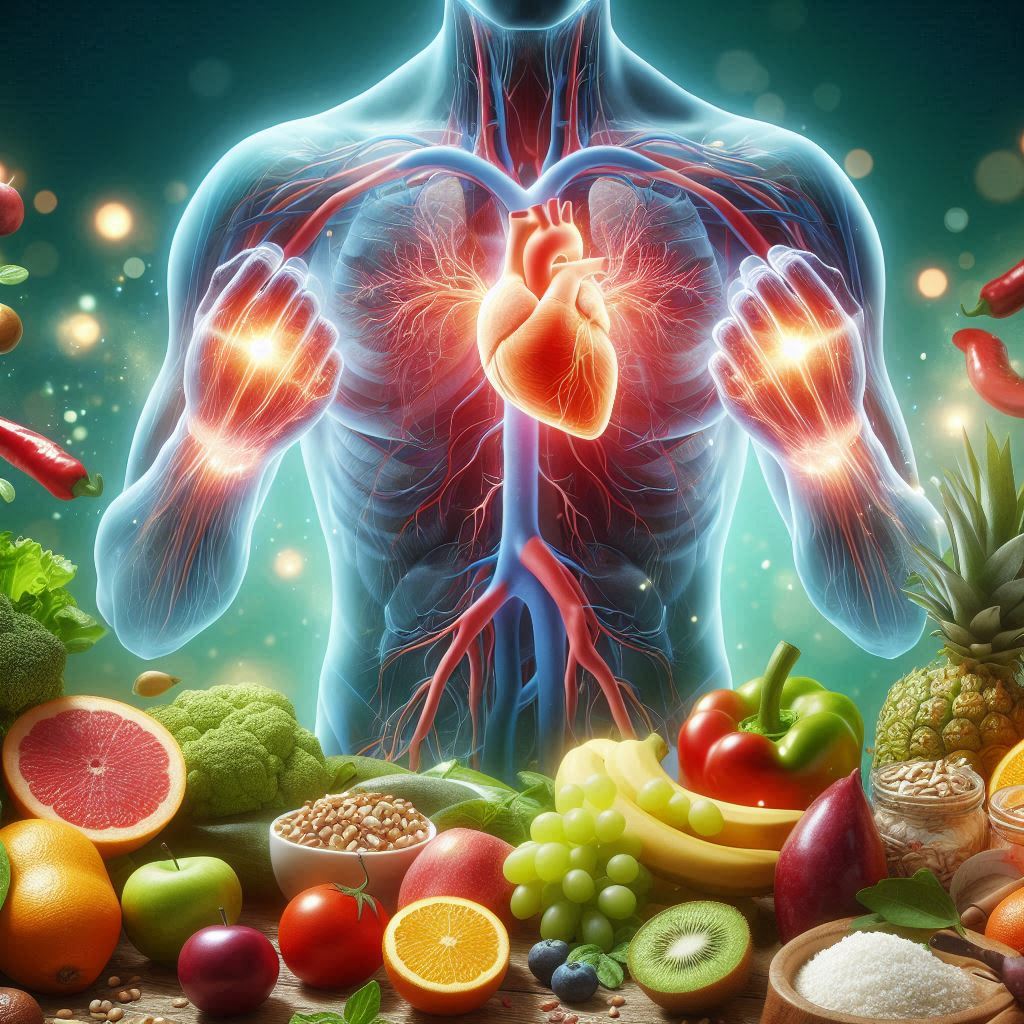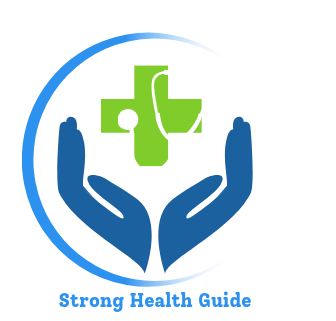1. Why Cholesterol Levels Matter
Cholesterol travels through the bloodstream in compounds called lipoproteins. While cholesterol itself is necessary for the body, its excess, especially in certain forms, can become dangerous. Too much of certain types of cholesterol can lead to plaque buildup in the arteries, which restricts blood flow and increases the risk of cardiovascular disease. Conversely, having the right amount of “good” cholesterol helps protect the cardiovascular system by clearing excess cholesterol from the bloodstream.

2. Types of Cholesterol
There are three main types of cholesterol that are typically measured in blood tests:
- Low-Density Lipoprotein (LDL) Cholesterol: Often referred to as “bad” cholesterol, LDL transports cholesterol from the liver to other parts of the body. When there’s too much LDL in the blood, it can accumulate along the walls of the arteries, forming plaques and leading to atherosclerosis, a condition that hardens and narrows the arteries.
- High-Density Lipoprotein (HDL) Cholesterol: Known as “good” cholesterol, HDL helps transport excess cholesterol from the bloodstream back to the liver, where it can be processed and eliminated. Higher levels of HDL are associated with a reduced risk of cardiovascular disease.
- Triglycerides: Though not technically cholesterol, triglycerides are often included in cholesterol panels as they’re a type of fat found in the blood. High levels of triglycerides combined with low HDL or high LDL can further increase the risk of heart disease.
3. Optimal Cholesterol Levels
Understanding the optimal levels of LDL, HDL, and triglycerides can help individuals gauge their cardiovascular health and identify potential risks. Here are the general guidelines for each type:
LDL Cholesterol (Bad Cholesterol)
- Optimal: Less than 100 mg/dL
- Near Optimal: 100–129 mg/dL
- Borderline High: 130–159 mg/dL
- High: 160–189 mg/dL
- Very High: 190 mg/dL and above
For individuals with heart disease, diabetes, or other risk factors, a lower LDL level, typically below 70 mg/dL, is often recommended. Reducing LDL is crucial for minimizing plaque buildup and preventing the narrowing of arteries.
HDL Cholesterol (Good Cholesterol)
- Optimal for Men: 40 mg/dL and above
- Optimal for Women: 50 mg/dL and above
- High (Protective Level): 60 mg/dL and above
Since HDL helps clear excess cholesterol from the bloodstream, higher HDL levels are protective against heart disease. Low HDL (below 40 mg/dL for men and below 50 mg/dL for women) is considered a risk factor for cardiovascular disease.
Triglycerides
- Optimal: Less than 150 mg/dL
- Borderline High: 150–199 mg/dL
- High: 200–499 mg/dL
- Very High: 500 mg/dL and above
High triglyceride levels are associated with an increased risk of heart disease, especially when combined with high LDL and low HDL. Managing triglyceride levels through diet, exercise, and lifestyle changes can help protect against cardiovascular issues.
Total Cholesterol
Total cholesterol is a measure of the combined levels of LDL, HDL, and 20% of triglycerides in the blood:
- Desirable: Less than 200 mg/dL
- Borderline High: 200–239 mg/dL
- High: 240 mg/dL and above
While total cholesterol is an important metric, understanding the individual components (LDL, HDL, and triglycerides) provides a clearer picture of cardiovascular health.
4. Factors Affecting Cholesterol Levels
Several factors can influence cholesterol levels, including:
- Diet: A diet high in saturated and trans fats can raise LDL levels. Processed foods, red meats, full-fat dairy products, and fried foods are often high in these unhealthy fats.
- Physical Activity: Regular physical activity, such as aerobic exercise, helps increase HDL (good cholesterol) and lower LDL (bad cholesterol) and triglycerides.
- Genetics: Family history plays a significant role. Some people are genetically predisposed to high cholesterol levels, a condition called familial hypercholesterolemia, which can significantly increase cardiovascular risk.
- Age and Gender: Cholesterol levels naturally rise with age, and men tend to have higher cholesterol earlier in life. After menopause, women’s LDL levels may increase, posing additional risks.
- Other Medical Conditions: Certain health conditions, such as obesity, diabetes, and hypothyroidism, can negatively impact cholesterol levels.
There are various strategies for maintaining optimal cholesterol levels and reducing cardiovascular risk:
Dietary Adjustments
- Limit Saturated and Trans Fats: Choose lean meats, low-fat dairy, and avoid processed and fried foods. Cooking oils high in unsaturated fats, such as olive oil, are healthier alternatives.
- Increase Fiber Intake: Soluble fiber, found in foods like oats, legumes, and fruits, can reduce LDL levels by binding to cholesterol in the digestive system and preventing its absorption.
- Incorporate Omega-3 Fatty Acids: Found in fatty fish (such as salmon, mackerel, and sardines) and flaxseeds, omega-3 fatty acids can help lower triglycerides.
Exercise
Engaging in regular physical activity, such as brisk walking, swimming, or cycling, can help raise HDL and reduce LDL and triglycerides. Aim for at least 150 minutes of moderate-intensity aerobic exercise per week.
Avoid Smoking and Limit Alcohol
Smoking lowers HDL and damages blood vessels, while excessive alcohol intake can raise triglyceride levels. Quitting smoking and moderating alcohol intake can benefit cholesterol levels and overall cardiovascular health.
Medication
For those who cannot achieve optimal cholesterol levels through lifestyle changes alone, doctors may prescribe medications like statins, which help reduce LDL levels and decrease the risk of heart attack and stroke.
Conclusion
Maintaining optimal cholesterol levels is essential for preventing cardiovascular disease and promoting overall health. By understanding the recommended ranges for LDL, HDL, and triglycerides, individuals can take proactive steps to manage their cholesterol through diet, exercise, and lifestyle changes. For those with high cholesterol levels or risk factors, regular monitoring and, if necessary, medical intervention can help keep cholesterol in check and reduce the risk of serious health issues.
